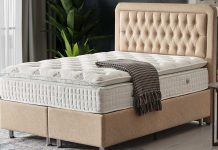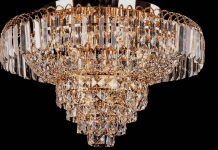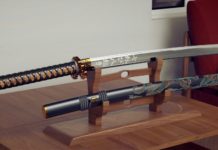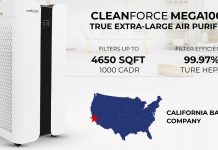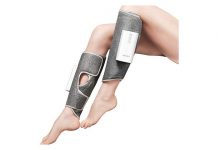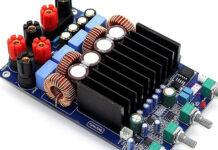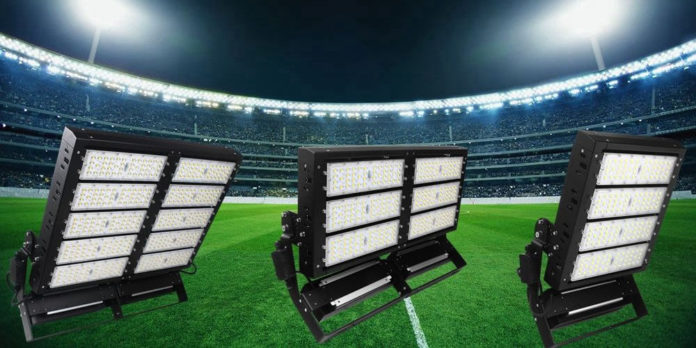Floodlights are forms of high-intensity artificial light with broad beams. The light they produce resembles artificial light hence are ideal for areas with little or no light coming through. Professional sports that broadcast on television rely heavily on floodlights. In sporting areas, a stadium floodlight is positioned at a strategic location around the perimeter to create an illusion of the midday sun. When looking to buy these lights, you can categorize them according to their usage, bulb type, and how they are powered. In this write-up, we discuss types of floodlights and their effects.
Types of Floodlights
Floodlights are mainly used outdoors, but a standard version can be used indoors. The significant difference is outdoor lights are equipped with bulbs that can handle elements like very high temperatures or rain. The main types of floodlights based on the kind of bulb they have are;
1. Fluorescent Floodlights
The lights contain condensed mercury gas which can be dangerous if not handled properly. The inside surface of the bulb has a phosphorescent coating. It acts as a medium for electricity to go through before reaching the bulb. These bulbs are energy-efficient, meaning less energy is used to light up designated areas.
They have a long lifespan, thus reducing the costs needed to buy new ones now and then. Most people prefer them since they are cheaper than LEDs; however, the mercury inside them is harmful if they are not disposed of properly.
2. Halogen Floodlights
Their high performance attracts lots of customers, making them one of their top picks. The bulbs contain halogen gas and tungsten filament in quartz activated by electricity, causing it to light up. It creates strong and steady beams of white light suitable for outdoor lighting. Their brightness and intensity are superior to other types with similar wattage. The downside of these floodlights is that they consume too much energy, have a short life span, can’t illuminate for longer hours, and tend to overheat.
3. High-Intensity Discharge Floodlights
These lights have internal ballast located within the bulb. When an electric arc develops, it glows and gives off light that shines through the bulb. The best thing about these floodlights is they have the most extended lifespan, about three times more than halogens.
They produce intense light and are energy efficient. The downside is they take longer to make maximum light; hence cannot be used for security purposes since they don’t work well with motion sensors.
Also, HID lights produce Ultra Violet radiation which is harmful to your health. UV-blocking filters can be used to reduce the effects of radiation. A wide range of these floodlights is available due to the different chemical combinations used.
4. Light Emitting Diode (LED) Floodlights
LEDs are the most energy-efficient and take the shortest time to produce full light. They give off even light, and their color rendering index is excellent. Their lifespan is approximately 50000 hours of continuous lighting, making them a great lighting option. However, LEDs are the most expensive since their technology is still being developed.
Conclusion
Floodlights are an excellent way to light up large areas like stadiums and fields. There are other types of light bulbs, but the ones listed above are the most common floodlights found in outdoor areas. Based on the advantages and disadvantages, whichever you choose should match your needs and what you wish to accomplish.


